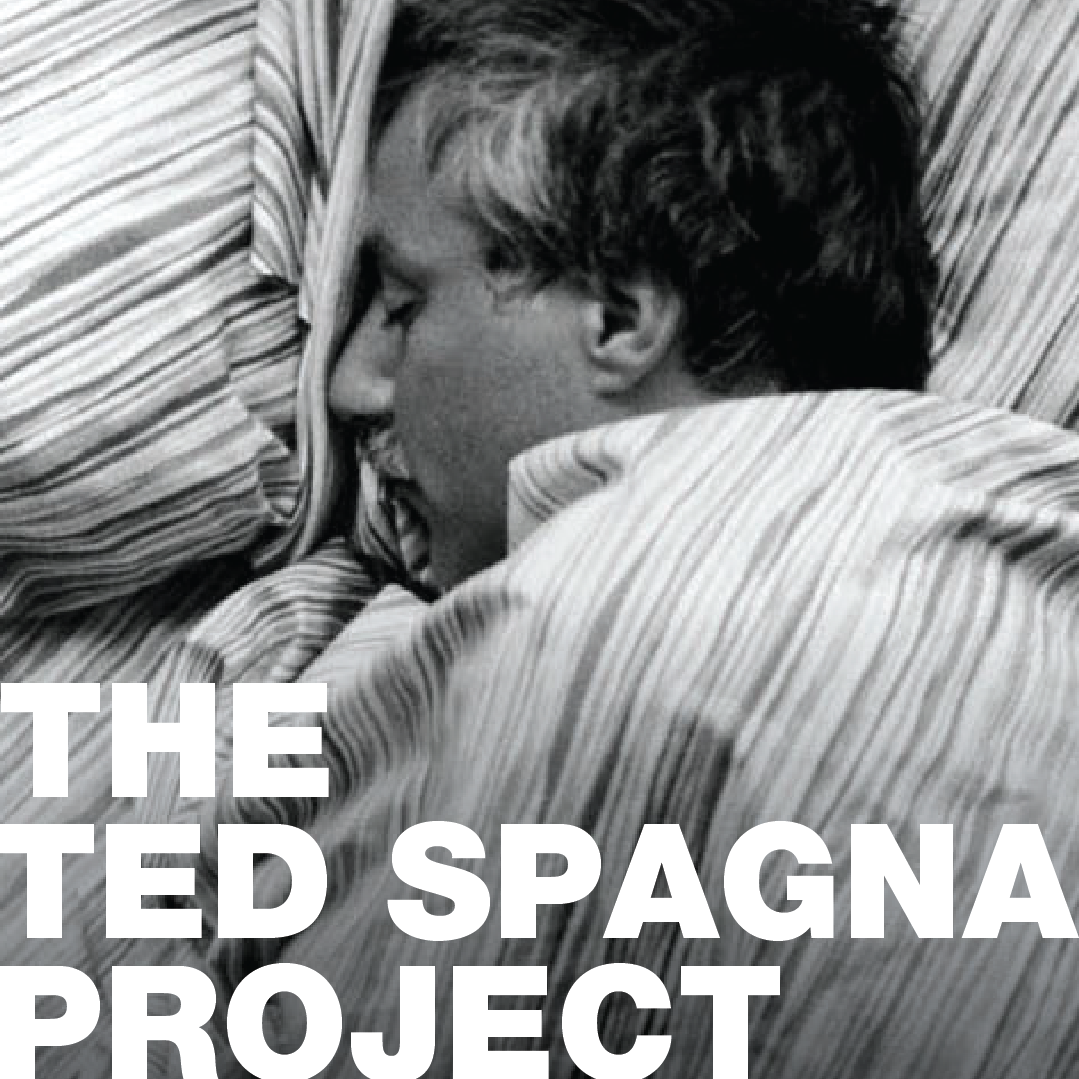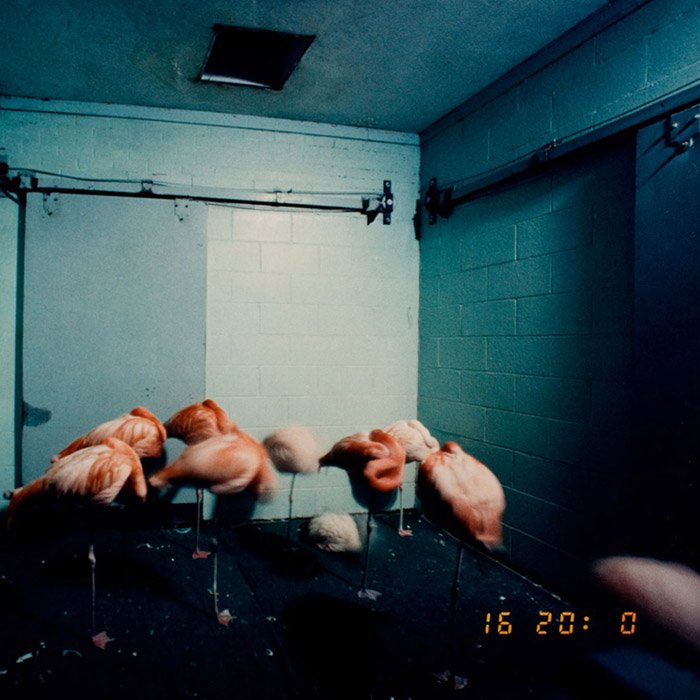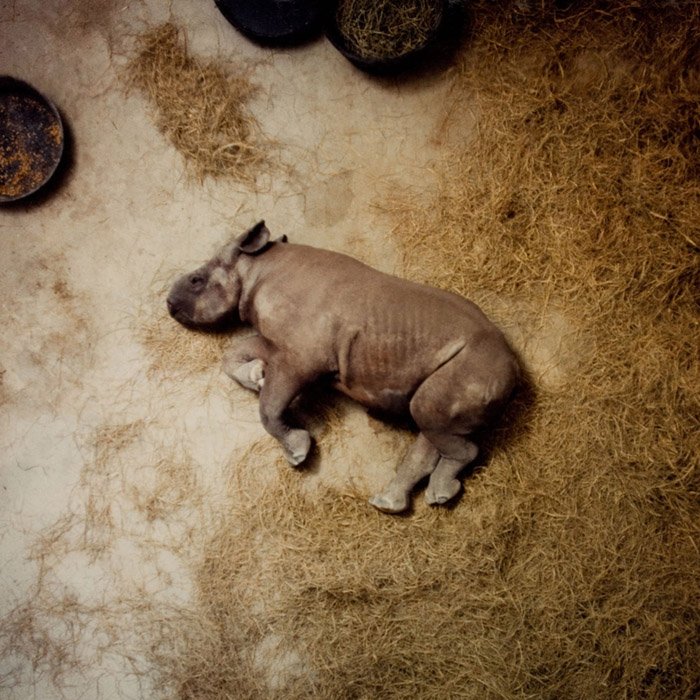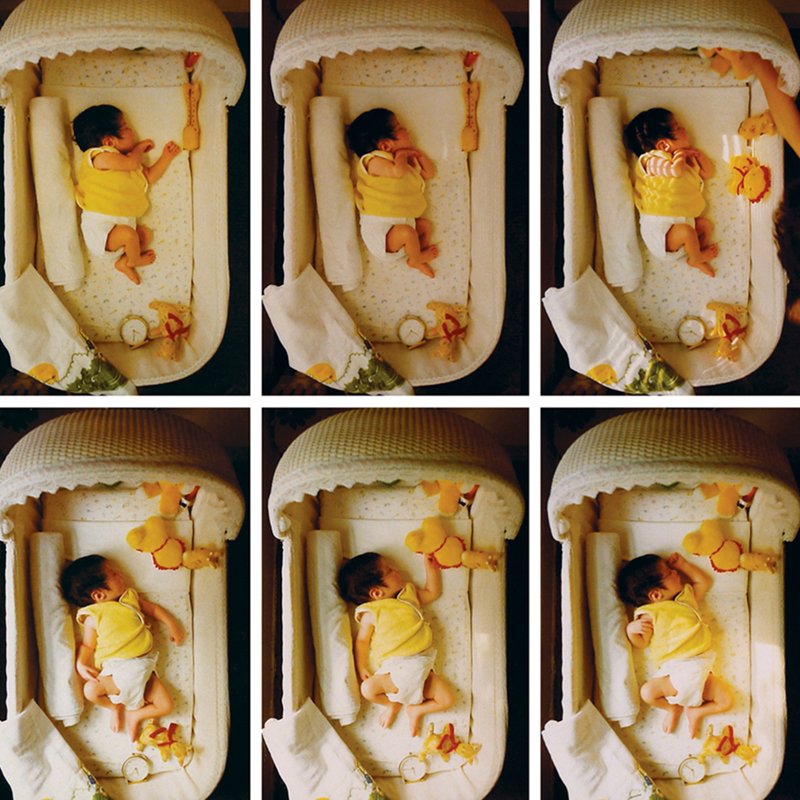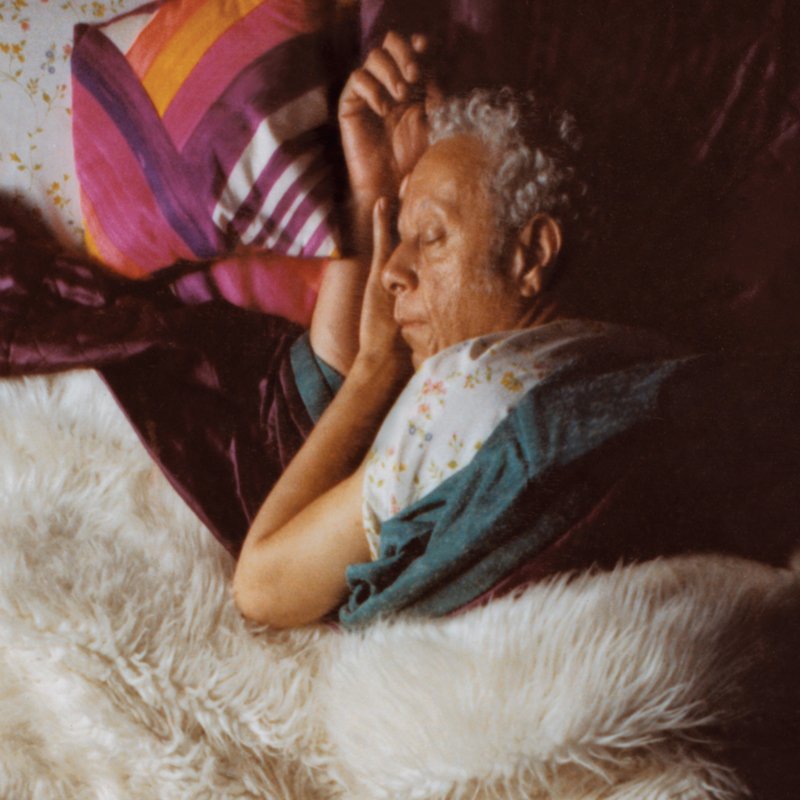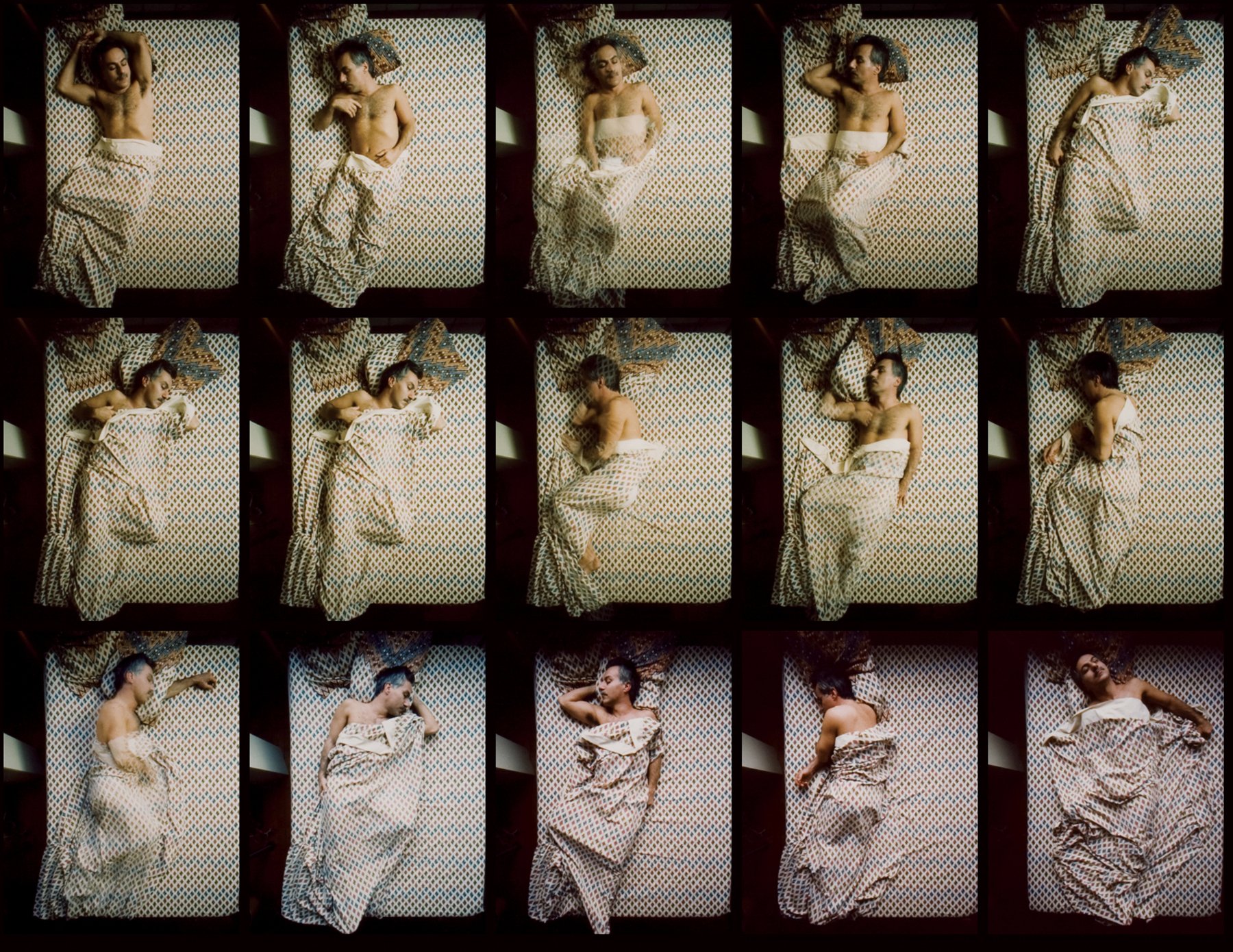
About Ted Spagna
Born on October 11, 1943, Ted Spagna was an influential teacher, filmmaker, and photographer who received his Bachelor of Architecture degree from The Cooper Union in 1970 and his graduate degree in film from Boston University in 1972.
In 1975, Spagna began to photograph humans sleeping in order to investigate the relationship between art and science and to satisfy his own curiosity about sleep behavior.
He soon discovered the indefatigable eye of the time-lapse camera was the ideal tool to uncover this “hidden landscape” of sleep and dreams. Each portrait typically consists of approximately 30 images, taken at fixed intervals throughout the night from a point directly over the sleeper, and are displayed together in sequential chronological order. The images expose the subject in a way that is only accessible through time-lapse techniques.
Sleep subjects included humans ranging in age from newborns to a 92 year old man, and eventually animals in captivity – giraffes, tigers, elephants, rhinos, gorillas, flamingos, to name a few.
The images depict the inherent beauty, rhythm, and organization of natural behavior. Spagna talked of these sleep pictures in terms of Muybridge, likened them to silent film, and often spoke formally about what he called the “architecture of sleep.”
The discovery that his photographs had scientific relevance happened when he shared them with Dr. Allan Hobson, a well-known psychiatrist and dream researcher at Harvard University.
Researchers never had this kind of visual information before. Spagna’s work corroborated and amplified studies about sleep behavior.
His photographs were evidence of a ninety-minute human sleep cycle, and physiological manifestations of dream activity. Spagna and Hobson went on to collaborate on “Dreamstage,” a landmark multi-media exhibition which used Spagna’s photos and other scientific demonstrations to illuminate the function of sleep. “Dreamstage” premiered in 1977 at Harvard’s Carpenter Center for the Visual Arts in Cambridge, MA and later toured eleven American cities and traveled to Bordeaux, France.
Spagna’s sleep studies have been featured on “Nova,” “Sixty Minutes,” and “Good Morning America.” They were also featured in “The New York Times Magazine,” “People,” and “Art In America.” His work has won numerous awards including the Massachusetts Artists Fellowship, the Annual Award of Excellence in Photography from Communication Arts magazine, and the Rush Gold Medal Award from the American Psychiatric Association for his work on “Dreamstage.”
Ted Spagna thoroughly enjoyed discovering and interacting with scientists and technicians. Until his untimely death at the age of 46 on June 21, 1989, he thrived on working as an artist in the boundary between art and science. What compelled him the most was his desire to inspire exploration, discovery and learning.
Original prints by Ted Spagna are in the collection of:
The Ted Spagna Project and Private Collections New York, NY; North Carolina
Original photographs and biographical materials.
Eastman Museum Rochester, NY
Over 63 exhibition ready sleep photographs. Animal and human.
Harry Ransom Center at the University of Texas at Austin
Original photographs, negatives, slides, and 16mm films, video, and biographical materials.
